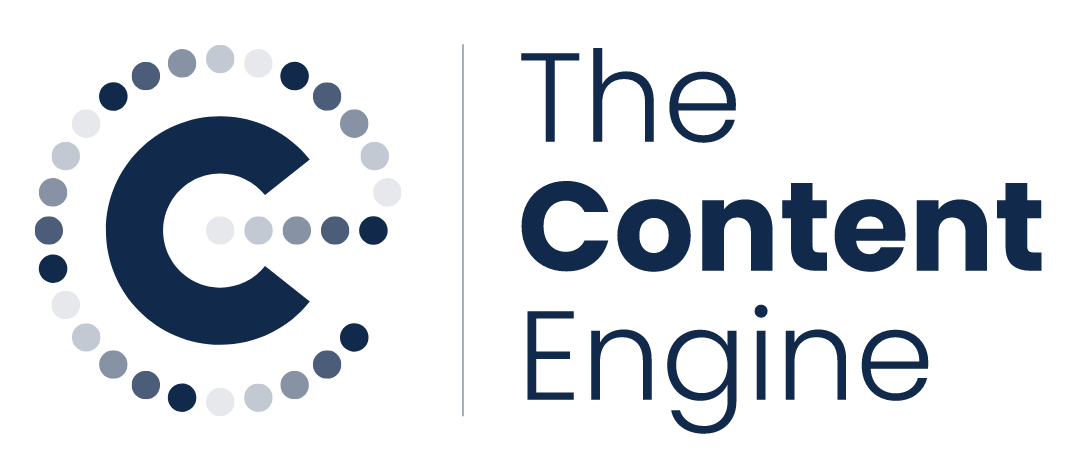Digital accessibility is the key to holistic inclusion
One in six people live with a severe disability. Of these, 430 million have a hearing disability while 2.2 billion people live with a near or distance vision impediment. Combine this with the fact that 4.7 billion people are estimated to be using the internet and that’s a lot of people who need web accessibility to help them navigate the digital world.
So, it’s surprising that we often drop the ball when it comes to making our digital content available to everyone. There are 49.9 million accessibility errors across the one million most visited homepages, meaning users with disabilities can expect to encounter an error on one in every 21 homepages they visit.
Making digital content accessible for everyone isn’t just the right thing to do: it’s also good for business. 90% of disabled web users click away from sites that present accessibility issues rather than reporting them and, in the UK, the Click-Away Pound (the loss of revenue due to poor accessibility) was worth £17.1 billion in 2019.
Imagine a house. We can make it accessible by widening doorways, providing plenty of natural light, keeping the hallway clear of obstructions, furnishing it with pleasant neutral decor and noise-reducing carpets. This kind of holistic inclusion needs to be applied to our digital content as well.
What is web accessibility?
Digital or web accessibility refers to the tools and technologies that allow people with disabilities to perceive, understand, navigate, interact with and contribute to the digital environment. It encompasses all disabilities that affect online access, but can also benefit people without disabilities such as:
People using devices with small or non-standard screens (mobiles, smartwatches, smart TVs, etc) on which logical, standardised headings help make content clearer
Those with “temporary disabilities”, such as a broken arm, who can benefit from technology like keyboard-only navigation
Users with a slow internet connection or limited bandwidth whose devices will take longer to load complex content than simpler content
Understanding web accessibility
The four founding principles of web accessibility are helpfully summarised in the acronym POUR. Content must be:
Perceivable. Information should be presented in a way that ensures nothing is undetectable or invisible to a user, who should be given the chance to consume content using multiple senses (e.g. providing a transcript alongside video content).
Operable. Users should be able to navigate digital content with the controls they normally use, even if they’re not utilised by most people. These could be physical tools like braille keyboards or software such as hands-free mouse tracking.
Understandable. Content should be comprehensible to every user and designed without complexity. Everyone should be able to understand the meaning and purpose of the information being presented.
Robust. Sites and content should be accessible across a wide range of technologies and platforms, from browser to browser and device to device. An article should, for example, be as accessible in Google Chrome on a desktop as it is in Safari on an iPhone.
Most importantly, digital content needs to adhere to all of these principles to be considered accessible.
How can you make digital content accessible?
At The Content Engine, we’re always trying our best to make sure everyone can consume the content we make.
One example is this article we wrote for The Adecco Group. It leads with succinct bullet points to help reduce the cognitive load whilst providing a full summary of the article’s main talking points. The language is informative without being verbose, and the article body is divided into short sections with clear subheadings. Users are also able to choose whether they consume the article as text or as audio.
We also like this video we designed for the Valuing Water Initiative. It’s explicitly tied to an event and the aim of the video is clear. The big, bold text remains on screen just long enough to be read in full, and the monotone colour palette combined with a lilting soundtrack helps to reduce the chance that it might overstimulate neurodiverse viewers.
Catering for people who are underserved and underrepresented in the digital community doesn’t just make you stand out from the crowd: it’s the right thing to do if you’re serious about pursuing holistic digital inclusion.
Got any stories or questions about web accessible content? We’d love to hear from you.

